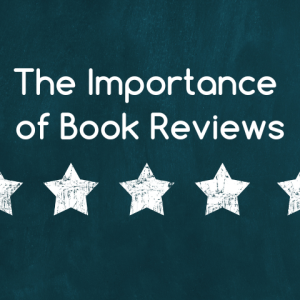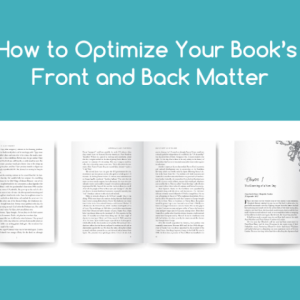You need to write a book, but you just can’t find the time. If you’ve said this to yourself in the last month, read on. Bublish’s five-step system to write an effective book in record time might just give your book project the jump-start it needs:
STEP ONE: Write down two or three clear and specific goals you want to achieve
“The people who get things done, who lead and grow and who make an impact … those people have goals.” These are the words of Seth Godin, successful entrepreneur; globally respected influencer, teacher and speaker; and author of 19 internationally bestselling books. For Godin, books have been a key driver in building a lucrative business.
It’s very important to have clear goals before you start writing your book. Your goals should be specific, measurable, attainable, realistic and tied to a deadline. Write down your goals and keep them in a place where you can access them regularly as reminder of their importance.
If you have clear, specific goals for your book publishing journey, you will write a more effective book aligned with those goals. The next step will drive this home, so keep reading…
STEP TWO: Describe in detail the audience that can help you achieve your goals
For a business or nonfiction book to be effective, the author must speak to a well-defined audience.
This is often one of the biggest disconnects we see when working with a new author: Either the author hasn’t thought about their audience at all, they are trying to talk to everyone, or they are talking to the wrong audience.
Here’s what this problem looks like in the real world:
Sam’s goal is to generate $250,000 in revenue by the end of 2021 as a Human Resources (HR) Consultant. His background is in HR at large Fortune 500 corporations, but his prospects are business executives at small to medium-sized businesses that typically don’t have HR expertise in their organization. Sam wants to write a book to use as a calling card to impress his consulting prospects.
Sam has decided to write a book about what he knows: the dysfunctions of large teams. He is an expert in this area. The stories in the book are all taken from his 30 years of experience leading HR at Fortune 500 companies and the lessons he shares are all directed toward executives from corporations with more than 5,000 employees.
You can see the problem, right? Sam wants to use the book as a calling card to impress his prospects—executives at small to medium-sized businesses—but none of the stories or lessons in his book are relevant to this audience. Sam has invested precious time and money to write the wrong book for the wrong audience. His book is not aligned with his goals because he didn’t write a book for the audience that could help him achieve those goals.
STEP THREE: List your audience’s top pain points and information gaps
Understand as much as possible about the audience that can help you achieve your goals. How can you provide value to them through the information in your book? How can you help them with their problems? How can you take your expertise and shape it into something relevant? What books is this group already reading to find answers and information? (Reading these books and the reviews can provide excellent insights for you as an author.)
When you can answer the questions above, you will be ready to write the right book for the right audience—one that can help you achieve your goals.
STEP FOUR: Craft a basic outline based on those pain points and gaps
Once you’re very clear about your goals, your target audience, and the pain points and information gaps of that audience, you’re ready to start writing an outline. Here are some questions to get your started: What topics will each chapter in your book address? What are the important subtopics for each chapter? How will you support each subtopic? List the stories, facts, examples, quotes, graphs, and other information you will include. Once your basic outline is done, you can go back and flesh out the details. It’s much more efficient to write with an outline. You won’t waste time trying to figure out what to write next. It will all be in your outline.
STEP FIVE: Make it real! Make it happen!
By following the simple steps described in this blog, writing a book can be much easier and faster than you think. Here are two additional ways to make sure you get to the finish line and publish your book in record time:
Settle on a publication date for your book. Now you can work backwards to create a schedule of the steps necessary to publish by that date. Factor in time for editing, book cover design, interior layout, eBook conversion, reviews and pre-launch marketing. Having a schedule with deadlines is both useful and motivational.
Make your book tangible. You’ve probably heard the phrase, “If you can see it, you can be it.” Hire a professional cover designer, nail down a title, and write a short description of your book. When you can see your cover, the book becomes real. It’s highly motivating! You can also start using these visual assets on your website and in your marketing materials. Imagine closing your first big consulting deal or landing a speaking engagement as a result of sharing marketing material that includes the cover of your forthcoming book. You instantly have increased authority in the eyes of your prospect. This is how you can start leveraging your book even before you finish the manuscript. We see amazing things happen when authors do this. It’s powerful!
Ready to get started today? Click HERE to schedule a free, 20-minute book publishing consultation with the team at Bublish.




